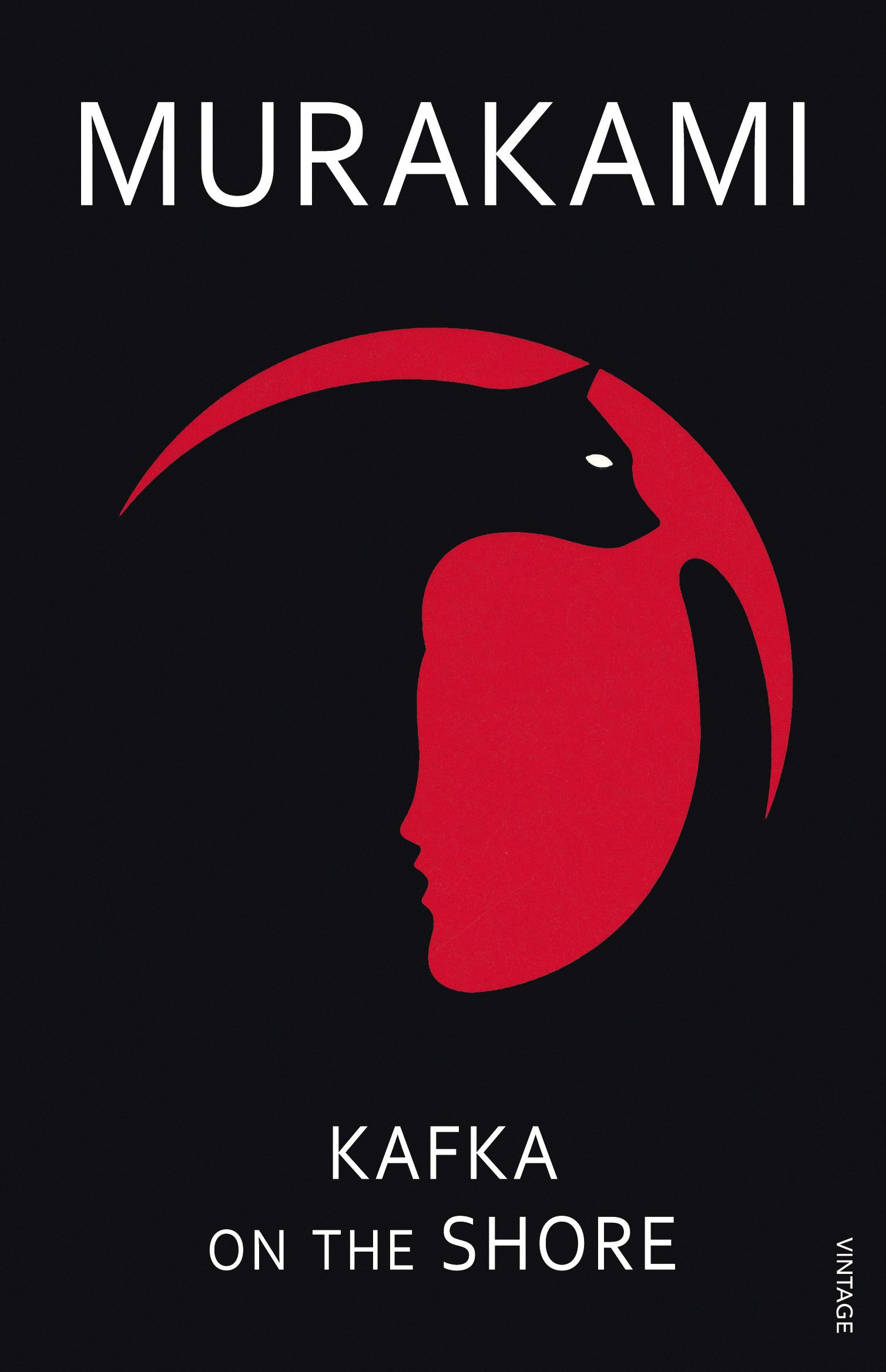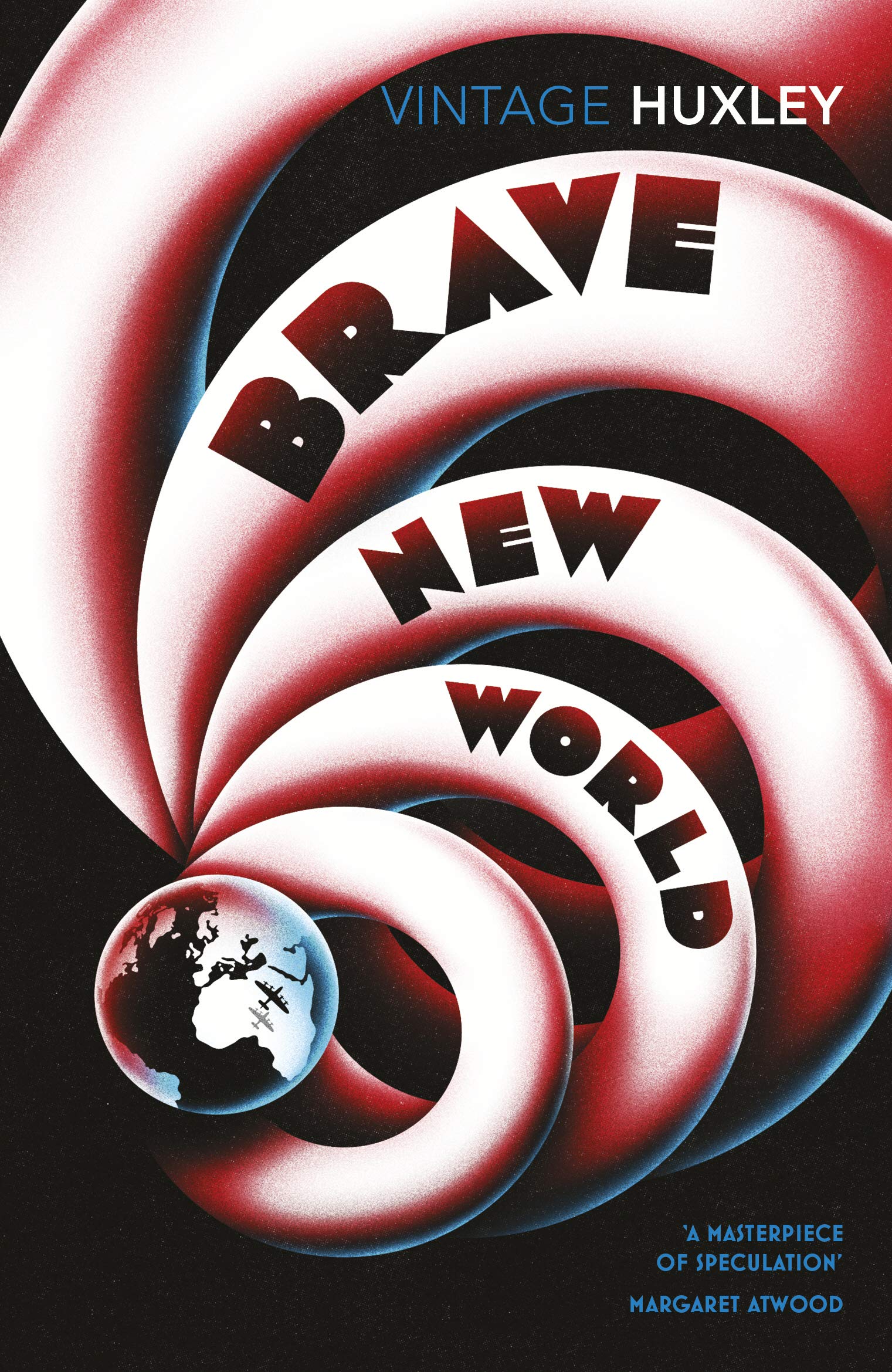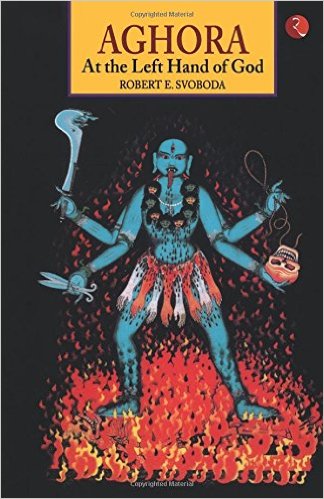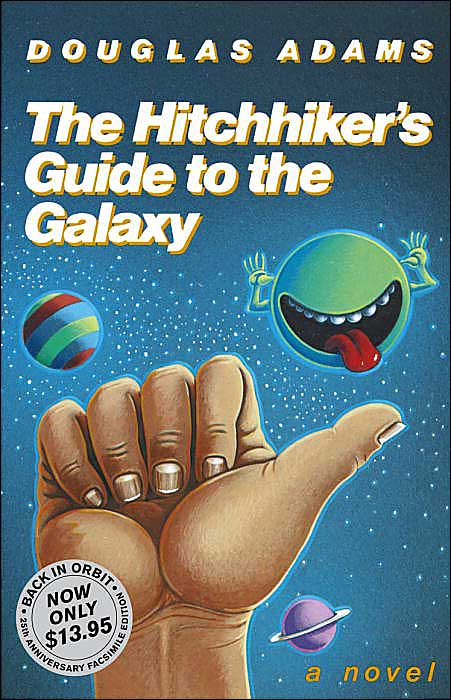Do You Read?
As a kid I could be found tucked in quiet corners with my Tell Me How, Tell Me Why, encyclopedias, comics, panchatantra or Ruskin Bond books among others. While the covers kept changing, reading became a lifelong habit that has stayed with me even during rush hours. While the world around me was defined in courses and curriculums, I found a parallel dimension of my own in books that fed my ever evolving curiosity.
I’ve now been reading voraciously for over two and a half decades and have acquired a sizable collection, but there’s always room for more. My principle for books is simple; keep them coming. There are many documented and proven benefits of reading; learning empathy, acquiring perspectives, critical thinking, improving comprehension, building knowledge among others. But for me reading a good book is a pleasure beyond comparison. While I often read a book only to find it fading from memory when I open the next one, the ideas and emotions that I found in those pages remain with me, sparking new ideas, flooding me with their knowledge.
Shared below, are a few recommendations of books that have had a lasting influence. Click on the genre and then the book title to read my review, I’ll continue adding more genres and book reviews in the future:

The Brothers Karamazov
Regarded by many as the greatest literary work of all time, The Brothers Karamazov (or TBK) is 800 pages and a tough, hard book to read. Some really cool people like Kurt Vonnegut, Einstein, Camus, Freud and many others including one of my mentors have recommended it highly. But I’d never read something that long before so I decided to take it as a side-on i.e. TBK would be the book besides the main one I’d be reading. That all changed on the first night itself, I clearly remember starting around 11 and every time I’d look at the clock a few hours had passed. I slept at 4 am that night and was kept awake for many successive nights experiencing a magnum opus unfold. The story revolves around the Karamazov family, headed by a wicked and reckless father and his three contrasting sons. The author created starkly different world views for these characters and then threw them against each other & the world. Written with enthralling prose the author evokes contrasting emotions and is able to relate the reader to different characters at will. Along the way he questions morality, sin, redemption, justice, family, religion, philosophy and produces a masterpiece like few others. The chapters are non linear and have vivid, emotional, painful & suffering laden scenes which bring out the flaws and frailties of the human condition. By a certain point you know that this is going to be a train wreck but you watch it unfold in horror or fascination or both. This book was a mountain to climb with many peaks before the summit. I don’t know if it’s the greatest literary work ever written, but I can for certain say that it’s the greatest book I’ve read till now.

The Fountainhead
I must confess I don’t like this book anymore, however my dislike should not be a reason for not recommending it. I was a teenager when I read the fountainhead and perhaps too young to process the distinguished writing, warring philosophies, inscrutable characters, long speeches and the persistent bull fight which the personalities were engaged in. The fountainhead was Ayn Rand’s first major literary success (after having been rejected by many publishers – strangely seems like a mandate for cult status books) and a popular reviewer described it as ‘beautiful, bitter and brilliant’ which it is. The book is 700 pages long, it’s rich in detail and composition and breathtaking in context and emotion. The story revolves around Roark, I-will-do-what-want-man, Keating I-will-do-what-others-want-man, Dominique I’m-figuring-it-out-but-you-won’t-know-till-much-later-woman and Toohey i’m-your-inhouse-machiavelli. There are the primary figures who in soap-opera style create a canvas for Rand to craft a part non-fiction part philosophical treatise. Rand was a gifted writer, her ideas, imagery, description and plot progression make this an entertaining and enlightening read. However as a young reader I was washed away as if in a downpour as I was drawn in by ideas & values which felt alien. Only to start relating to conflicting points of views despite finding them disagreeable to begin with. It was a really tough and hard book to get through, one which I liked when I read it but don’t anymore. I’d still recommend it, it’s powerful, controversial and worth picking up to decide for yourself.

Kafka On The Shore
With Murakami one can always expect the highly improbable and the utterly mundane to be interwoven so tightly that you can’t tell which is which. I think that’s what all the ‘magic realism’ is about; it pretends to be real but isn’t because the magic interrupts, quite frequently. In most Murakami books you’d usually find a collection of bizarre dreams, lots of talk about cats, jazz and/ or classical music, food being prepared and dissociative characters. I realized after reading Kafka on the shore how bizarre plots could get so hypnotizing. With talking cats, fishing falling from the sky, philosophy spouting sex workers, unaging soldiers and a ghostlike pimp set in complex situations and described in different scenes, the author is seen pulling a trick or two every few pages. He has this rare ability to bind the reader, evoke different emotions and leave them wondering as to what has transpired. I had to, in the middle of reading, re-read passages to make sure I was following what was going on. To use a quote from the book “when you come out of a storm, you won’t be the same person who walked in, that’s what the storm’s all about.” Kafka on the shore was a bit of that storm. I read many Murakami books after that but none which came close to this.

Man’s Search For Meaning
“Between stimulus and response there is a space. In that space is our power to choose our response. In our response lies our growth and freedom.” This quote encapsulates the book for me. Viktor Frank, an Austrian neurologist – psychiatrist, and a holocaust survivor embodied these words. The first part of the book narrates his harrowing experience at the concentration camp while the second part discusses the universally applicable lessons forged from his own struggle. He was at the absolute nadir of human experience and questioned himself – what defines one when everything that he/ she has is taken away? His time at the camp gave him a unique view of the emotional, social, and spiritual dynamic of his surroundings. He cites how under similar hardships and suffering different individuals behaved differently; some turned selfish, others apathetic while a few gave away their food and offered comfort and support to others. He was convinced that the distinguishing factor was one’s ability to find and pursue meaning. Later, he pioneered logotherapy where he argued that the primary human drive wasn’t pleasure or peace but a drive for purpose and meaning. And in the pursuit of that meaning, one could bear any trial, small or big. A deeply moving book, it has profound lessons for all as we choose our responses every minute, every hour, and every day.

Atomic Habits
In India there is no real way to determine if your book is a best seller. I’ve discussed this with many authors and was amused to hear that there is no accurate way to determine the sales of their books. However, when a book appears as a pirated reprint at traffic lights, you know that you’ve hit bestseller status. I spotted Atomic Habits at multiple red lights and given that I’m in the habit of reading books about habits but never adopting them, I had to get my hands on a copy (from where I won’t say). A surprisingly fast read, it had a strong sense of practicality and application. Having clearly studied, refined and applied these principles to become an expert practitioner himself, the author made compelling arguments that were bolstered by anecdotes from wide-ranging fields. In fact, his newsletter, 3-2-1 was among the fastest to 100 K subscribers and now has more than 1M subscribers. His articulation of this subject was clear, succinct, and valid making Atomic Habits a refreshing and useful book. I was immediately comparing it with other classic works in the same category; the power of habit and thinking fast and slow. However in my point of view, Atomic Habits is the best read on the topic of habit formation.

Brave New World
This was the first Aldous Huxley book I read and everything seemed complex, the ideas, the vocabulary and even the sentences. But I later realized why it was so. This prescient book was written in 1932 with layers and layers of ideas crisscrossed to create a dystopia-in-disguise-of-a-utopia. Creating this could not have been simple. And then Huxley was not a writer of simple prose. The plot is set in the future where the state engineers citizens based on a social hierarchy and maintains a stable status quo with hypnotherapy, sleep learning and soma, a happiness inducing drug. Huxley went about creating a negative utopia where things seem fine but aren’t. The protagonist Bernard Marx, a misfit and a non-conformist goes about questionining accepted norms and through the entire book you can feel the strain of tension between freedom and slavery and between the ideal and the not so ideal. This sentiment is echoed loudly when a character says “But I don’t want comfort. I want God, I want poetry, I want real danger, I want freedom, I want goodness. I want sin.” What was written generations ago has many lessons for us and the future. I became a lifelong fan of Huxley and read almost all of what he wrote after my tryst with the brave new world. It remains a classic in dystopian literature with a legion of fans and bans.

The Lord of Light
With Gods, duels, battles, repartee and cleverly sewn plots and subplots, this Hugo award winning, Nebula award nominated masterpiece deserves a mantelpiece of its own. Zelany is a wizard at weaving ancient myths with the distant future to create surreal results. It was a pleasure to be led by the author as he builds different worlds going back and forth in flashbacks and cleverly written episodes. At times, just keeping up is a cerebral exercise but it has a charming, unputdownable aspect to it with several puns, jokes, and riddles. It’s hard to put the pieces together at first but the dappy dialogue and craftily constructed situations grip your attention. Reading the Lord of Light was a strangely exhilarating experience, perhaps made richer by the fact that the premise was built around the Hindu and Buddhist pantheon that I’m more familiar with. This is a 6/5, and if you like science fiction, there is a high likelihood that you will love this book.

The Book Of Mirdad
This is a book that was introduced to me by a khadau wearing swami who drove the length of India in a jeep on his way to the mountains. The moment I heard him describe it I knew it was something special. Mikhail Naimy was a poet, novelist and philosopher who was part of the New York Pen League along with other eminent authors like Kahlil Gibran. Collectively they produced a spectacular body of work which led to the revival of Arabic literature in popular consciousness. In the Book of Mirdad which is acknowledged as a spiritual masterpiece the author creates a near perfect device of words, parables, and situations. Mirdad the protagonist in a dialogue with his disciples shares lessons on different themes like love, old age, birth and death among others. Usually the most popular literary device to express the inexpressible has always been song or poetry, for whenever someone came close to truth they found that language was an insufficient tool to communicate the experience. Only a select few have managed to capture the experience of truth in prose and in Osho’s words, ‘there is only one book which hasn’t failed in this regard and if you can’t get the essence then it is your failure not the authors’. This is a lesser known timeless classic which deserves to be read and re-read.

Aghora- At The Left Hand Of God
Much more than a book, it is in fact a manual for self, and collective evolution. In this work, Dr Svoboda weaves myth, magic and mystery into a seamless tapestry which seems real and unreal at the same time. Throughout the book, he manages to effortlessly combine philosophy, yoga, spirituality and many other allied fields to decode and simplify an esoteric subject. He quotes his mentor often saying ‘live with reality else reality will come and live with you.’ And throughout the book(s) one is forced to come face to face with reality – it coaxes, cajoles & challenges what one might have taken for granted or never questioned till now. Much like the wand that chooses its wizard, I believe this book chooses its readers, appealing to a select few who approach it with an open mind and humility. Not for the faint of heart or the easily offended, this book(s) cannot be explained, it is only to be experienced.

Hitchhiker’s Guide To The Galaxy
On an unremarkable day Arthur Dent wakes up hungover and learns that his house is going to be knocked down by a bulldozer. He protests only to realize that the entire Earth is to be wiped out to make way for a hyperspace bypass. What follows is a galactic odyssey with incredible characters who get together to create one of the most amusing and incredible feats of imagination in publishing history. Along the way, Adams says a lot about everything from art, to religion, to politics and philosophy. The book is funny and chaotic with lots of madness served with plenty of wit. He uses set ups and situations brilliantly to say things like “time is an illusion, lunchtime doubly so” or “the vogon fleet hung in the sky, in much the same way that bricks don’t.” It’s only fitting that one can find so many actual things and references from Adam’s ideas and creations eg : Deep Thought, the answer to life, the universe and everything and the classic ‘don’t panic’. This trilogy in five parts redefined what a trilogy meant, but the readers certainly weren’t complaining. This was an entertaining read like no other and also led me to one of Adams’ lesser known but equally remarkable pieces of work. It’s called the ‘Meaning of Liff’ and he wrote it as a dictionary of things that there aren’t any words for yet.eg : ‘Alltami’ – the ancient art of balancing the cold and hot shower taps. Here is the copy, thank me later :)

Jonathan Livingston Seagull
I stumbled upon Jonathan Livingston Seagull at a part library, part rent-a-book shop I used to visit as a kid. I usually came back with armfuls of comics from there but this book caught my eye. It was a thin novel, perhaps less than a 100 pages punctuated with neat sketches of seagulls. I absentmindedly added it to the bundle I was collecting to rent and read it many days later. At surface it was about an ordinary seagull aspiring to become extraordinary, but in fact it was an ode to self perfection. The thing which Jonathan wanted to do most was to fly, while the other seagulls were content with food, flapping and the flock. Taking flight here was a metaphor for the single minded pursuit of one’s passion. The book traces Jonathan’s journey who in the pursuit of flying is ignored, ostracized, vilified and eventually deified. His devotion to his dream leads him to transcend all boundaries. He then returns to share what he learned with love and forgiveness in his heart. The book has been described as a fable, a homily and an allegory, I just kept giving copies of it to people. I eventually stopped once I realized that what made me zig at a particular point in my life may not necessarily make others zig or zag. It does have a lot of zig though, if that’s what you’re looking for.

Jnaneshwar’s Gita
The Bhagavad Gita is acknowledged as a literary, and spiritual masterpiece, and is in many ways among the most important texts in the Indian pantheon. It is only natural for it to have invited countless commentaries and translations from a variety of authors over decades. Among many of these, the poet saint, Jnaneshwar, approaches the text with uncommon humility and heartfelt love built on his devotion to his Guru Nivritinath. With its aphorisms, verses and Sanskrit, it is hard to comprehend in its original form and needs to be understood through an authoritative source who has connected with the significance of this text. The Jnaneshwari is one such rendering that sings with clarity, vigor and sweetness. Such is its intensity that even with the original being written in Marathi, the English translation still echoes the tenets that Krishna originally spoke about.


